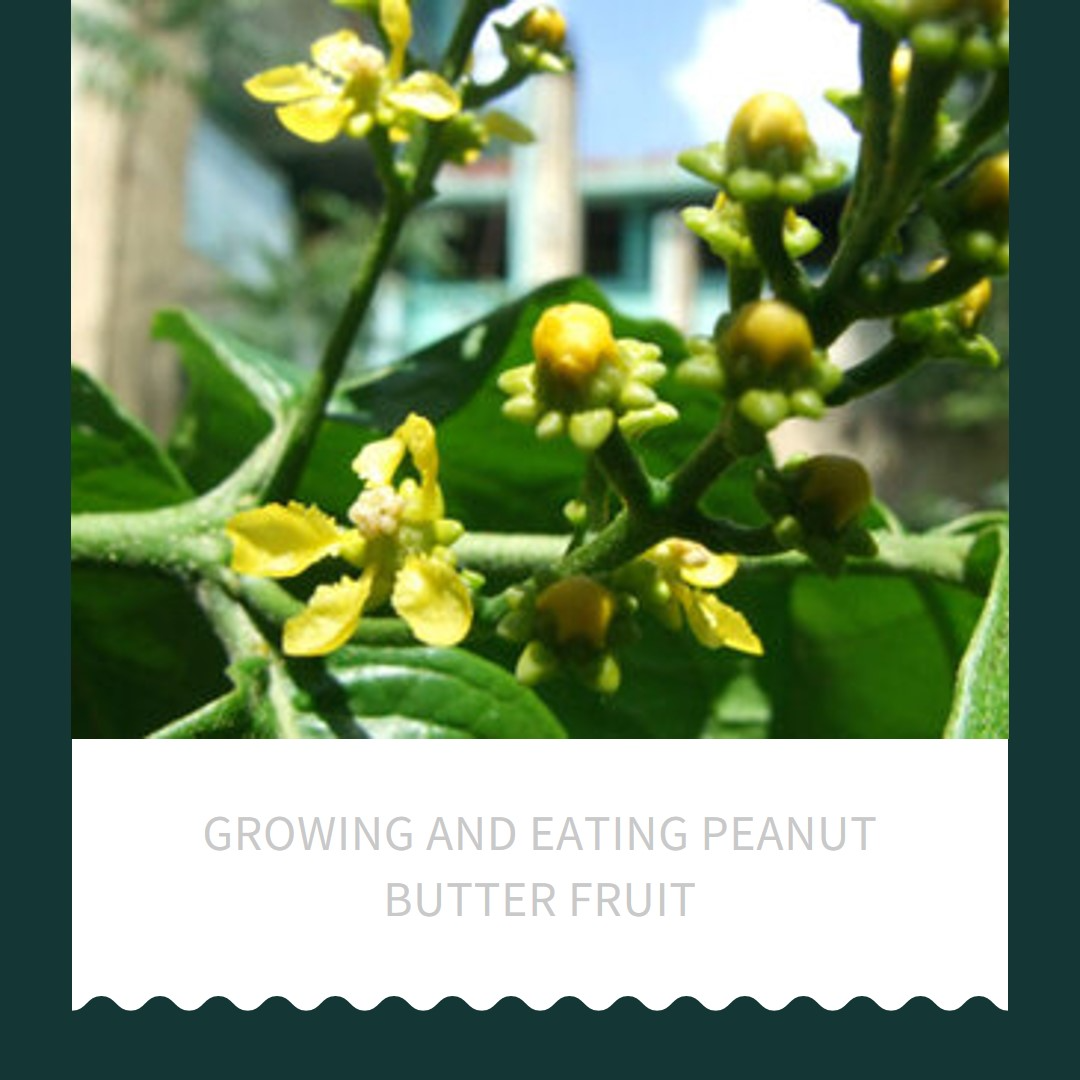Welcome to OrganicMotion, where we explore the diverse world of organic gardening and celebrate the beauty and flavors it offers. In this blog post, we’ll take you on a journey to discover the unique and delightful Peanut Butter Fruit. With its exotic origin, stunning appearance, and rich, sweet flesh reminiscent of its namesake, the Peanut Butter Fruit (Bunchosia argentea) is a must-have for any organic garden. Join us as we explore its description, uses, nutritional value, growing details, and delectable culinary possibilities.
Description and Exotic Appeal:
Peanut Butter Fruit is a perennial evergreen shrub or small tree that can reach heights of up to 5 meters. It often features multiple trunks and showcases simple, opposite, ovate leaves with a wavy margin, forming an ornamental canopy. In spring, clusters of lightly perfumed, yellow flowers up to 8cm long emerge, followed by an abundance of dark red fruit. These small fruits, measuring around 2.5cm long, contain rich, sweet flesh with a texture similar to peanut butter. The fruit initially has green seeds, which mature and take on a vibrant color in late summer, embedded in the orange-red pulp.
Versatile Uses and Functions:
Aside from its delicious fruits, Peanut Butter Fruit serves several purposes in the garden. The plant attracts birds and bats, contributing to biodiversity and creating a lively atmosphere. Its attractive foliage and ornamental value make it a great choice for landscaping and screening. Moreover, Peanut Butter Fruit is self-pollinating, meaning you only need one plant for successful fruiting. Its adaptability to container gardening makes it a suitable option for smaller spaces, including indoor cultivation as long as it receives sufficient light.
Nutritional Value:
Peanut Butter Fruit not only delights the taste buds but also provides valuable nutrients. These fruits are protein-rich, low in calories and fat, and a good source of simple sugars, fiber, and vitamins. Indulging in Peanut Butter Fruit allows you to enjoy a flavorful treat while nourishing your body with beneficial nutrients.
Growing Details and Care:
Growing Peanut Butter Fruit is a rewarding experience. Start by sprouting seedlings from the fruit, ensuring you harvest them between February and September. To facilitate easy foraging, the plant can be pruned to a shorter shrub size. Peanut Butter Fruit thrives in well-draining, fertile soil with a neutral pH ranging from 6.6 to 7.3. It prefers shelter from cold winds and frost, making it necessary to provide suitable protection in cooler climates. Placing the plant in full sun, receiving 80%-100% sunlight, is crucial for optimal growth.
Culinary Delights and Preservation:
Peanut Butter Fruit offers a unique and indulgent culinary experience. The best way to savor its flavors is by enjoying the fruit straight from the tree as soon as it turns red. The sweet, sticky, and dense pulp, although not very juicy, provides a delightful taste sensation. You can also incorporate Peanut Butter Fruit into milkshakes or freeze the flesh after separating it from the seeds for later use. The fruit lends itself well to creating jams, jellies, preserves, muffins, and other baked goods. Additionally, the flesh can be dehydrated for extended shelf life and unique flavor profiles.
Ornamental Beauty of Peanut Butter Fruit
Indulge in the exotic flavors and ornamental beauty of Peanut Butter Fruit in your organic garden. This versatile plant brings a touch of South America to your landscape while providing a bountiful harvest of unique, nutty fruits. With its easy propagation, low-maintenance nature, and adaptability to different growing conditions, Peanut Butter Fruit is a delightful addition to gardens of all sizes. So, embark on this flavorful journey, experiment with culinary creations, and relish the sweet delights that Peanut Butter Fruit has to offer. Happy gardening and bon appétit!
